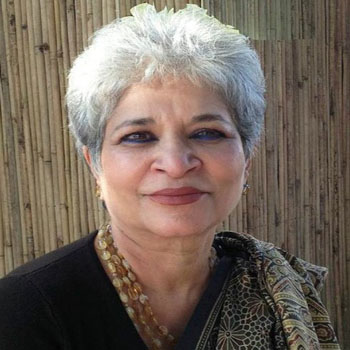
Craft As A Powerful Tool Of Emotional, Economic, And Intellectual Empowerment For Children
Tyabji, Laila
September, 2023
India is good at creating caste systems: from age-old prejudices of birth, community, and gender coexisting with newly coined ones born out of education, wealth, power and privilege. While old prejudices lose their rigid hold, new ones keep emerging—urban/rural, English speaking/vernacular speaking, literate/illiterate, down to the colour of one’s skin. Additionally, parental ambition and prejudice downgrade the educational advantages of liberal arts versus science and technology. One serious consequence is positioning highly skilled traditional craftspeople on the lowest rung of the professional ladder.
It’s Stockholm airport in Sweden, and Shanta, 23 years old and the youngest ever craftsperson to win the Master Craftsperson Award for her tribal embroidery, stands on top of an escalator for the first time in her life. She has flown in a plane, exhibited a major new work at one of Europe’s premier art museums, danced with international artists, and lectured at Sweden’s Boras Design School, becoming the first Lambani to travel abroad. “Isn’t there a World Cup for Embroidery?” she asks. “I’m going to win it!” Why not? Embroidery should be given due recognition—as a creative art as well as a competitive career opportunity.
Elsewhere, Chandra Bhushan and Irfan Khatri are two young men with totally different skill sets and backgrounds, coming from different communities and areas of India. One is a Brahmin folk artist from Bihar, the other, a Muslim block printer from Kutch. But they share common, important links—they are both craftspeople, and have both recei...
This is a preview. To access all the essays on the Global InCH Journal a modest subscription cost is being levied to cover costs of hosting, editing, peer reviewing etc. To subscribe, Click Here.



